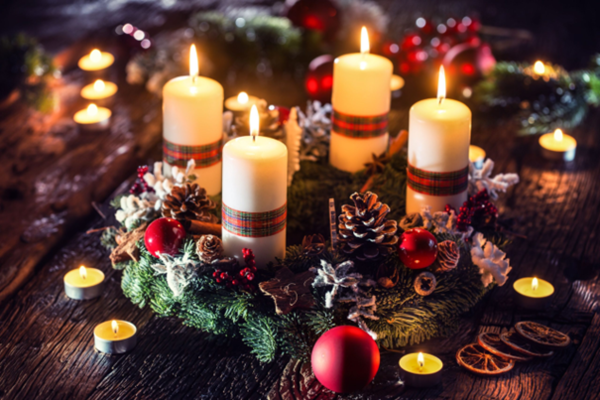
[아츠앤컬쳐] 헝가리의 크리스마스 시즌은 마법과 따스함이 가득한 시기로, 독특한 관습들이 더해져 가장 사랑받는 명절 중 하나다. 축제는 12월 초부터 시작되며, 세대를 이어 내려온 가족 전통이 스며 있다. 가장 잘 알려진 관습 중 하나는 크리스마스 4주 전부터 준비하는 대림절 화환이다. 소나무 가지 위에 보라색, 흰색, 분홍색과 빨간색 초 네 개를 얹고 리본으로 장식하고 크리스마스를 앞둔 매주 일요일, 사랑, 기쁨, 희망을 상징하는 초를 켠다. 대림절은 크리스마스를 영적으로, 정서적으로 준비하며 기다리는 기간이다.
헝가리 아이들에게 특별히 흥미로운 전통은, 크리스마스 시즌 동안 선물을 두 번 받는다는 것이다. 대부분의 서양 국가와 달리 산타클로스는 12월 24일 밤에 오지 않는다. 대신 헝가리 아이들은 12월 6일, 성 니콜라스 축일에 첫 선물을 받는다. 12월 5일 밤, 아이들은 닦아놓은 부츠를 창가에 두고 미쿨라시가 간식과 작은 선물로 가득 채워주기를 기다린다. 하지만 아이들이 한 해 동안 말을 듣지 않았다면, 미쿨라시의 무시무시한 조수로 악마와 엘프를 합친 듯하게 생긴 크럼푸스가 징계의 의미로 회초리 묶음을 남겨놓을 것이다.
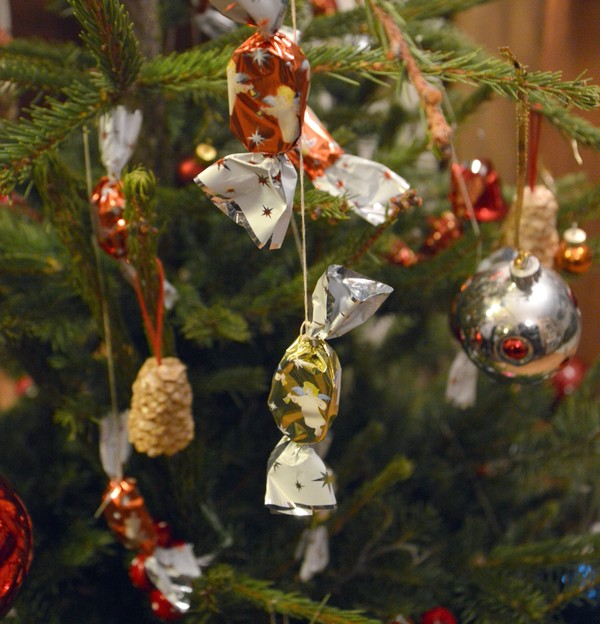
12월 24일의 성스러운 밤에 크리스마스는 절정에 달한다. 이 날 가족들은 크리스마스 트리를 장식하고 캐럴을 부르며 음식을 준비하고 선물을 주고받는다. 헝가리의 크리스마스 트리는 알록달록한 호일에 싸인 사탕 살롱쭈코르 없이는 결코 완성되지 않는다. 이 사탕은 마지판, 초콜릿 등 다양한 속재료로 채워져 있다. 산타클로스가 선물을 가져다주는 서양 전통과 달리 헝가리에서는 아기 예수와 그의 천사가 선물을 가져다준다. 아이들이 방에서 나간 사이 천사와 아기 예수가 선물을 나무 아래에 놓고, 아이들이 돌아오면 완성된 트리와 선물을 발견하게 되는 것이다. 그 후 가족들은 불꽃을 밝히고 크리스마스 음악을 들으며 트리 주위에서 노래를 부르고 흥겨운 시간을 보낸 후, 정성껏 준비한 크리스마스 저녁 식사를 즐긴다.
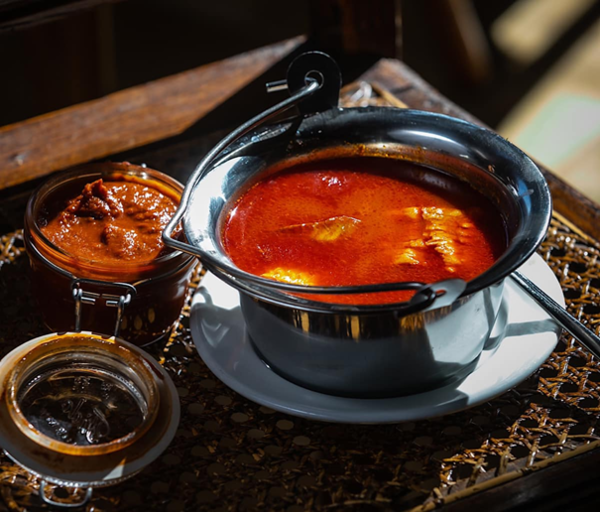
전통적으로 크리스마스 이브에 먹는 주 요리는 풍부하고 깊은 맛이 있다. 대표적인 음식으로는 잉어나 민물고기에 파프리카를 넣어 매콤한 맛을 더한 생선 스프인 헐라슬레가 있다. 또 다른 인기 있는 요리는 퇼퇴트 카포스타로, 쌀, 다진 돼지고기, 양파, 마늘, 허브, 파프리카를 양배추 잎에 싸서 사워크림과 함께 먹는다. 디저트로는 호두나 양귀비씨로 속을 채운 롤 케이크인 베이글리 또는 살구와 호두가 들어간 다층 케이크 제르보를 즐긴다.
헝가리 크리스마스의 맛을 경험해보고 싶다면, 12월 7일과 8일 성동구에서 열리는 유럽 크리스마스 마켓의 헝가리 부스를 놓치지 말기 바란다. 여기서 구야쉬(굴라쉬), 랑고시, 멀드 와인과 같은 헝가리 전통 음식을 맛볼 수 있다. 많은 분들과 함께하길 기대한다!
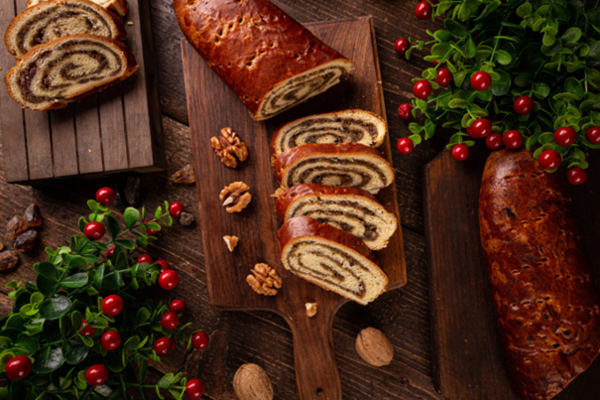
Christmas Traditions in Hungary
The Christmas season in Hungary is a time of magic and warmth, filled with distinctive customs that make it one of the most cherished times of the year. The holiday festivities begin in early December and are steeped in family traditions that have been passed down through generations.
One of the most renowned practices is the making of the Advent wreath, which is created four weeks before Christmas. It is made with four candles in the color of purple, white, pink or red, placed among pine branches and decorated with ribbons. Each Sunday leading up to Christmas, families light a candle, each representing love, joy, and hope. Advent serves as a season of anticipation, helping Hungarians prepare both spiritually and emotionally for the arrival of Christmas.
An exciting tradition for children in Hungary is that they receive gifts not once, but twice during the holiday season. Unlike many Western countries, Santa Claus does not arrive on the night of December 24. Instead, Hungarian children receive their first round of gifts on December 6, the feast day of Saint Nicholas, known locally as Mikulás. On the night of December 5, children place their polished boots on the windowsill, expecting Mikulás to fill them with treats and small gifts. If children have misbehaved during the year, however, Mikulás’ fearsome helper, krampusz—a creature resembling a mix of a demon and elf—leaves behind a bundle of switches, symbolizing the need for discipline.
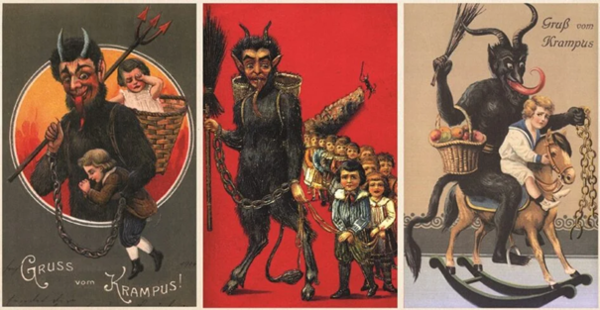
The holiday truly peaks on December 24, known as Szenteste or Holy Night. This is when families decorate their Christmas trees, sing carols, prepare meals, and exchange gifts. A Hungarian Christmas tree is never complete without szaloncukor, a type of candy wrapped in colorful foil and filled with marzipan, chocolate, or other fillings. Unlike Western traditions where Santa Claus is the gift-bringer, in Hungary, children are told that it is the Christ Child and his helpers, the angels, who bring presents. Traditionally, children are sent out of the room while the angels and the Christ Child place the gifts under the tree. Once they return, they are greeted by the sight of the fully decorated tree and the gifts. Sparklers are lit and traditional Christmas tunes are played and sang around the tree. After all the excitement, families sit down to the table to enjoy the carefully prepared Christmas dinner.
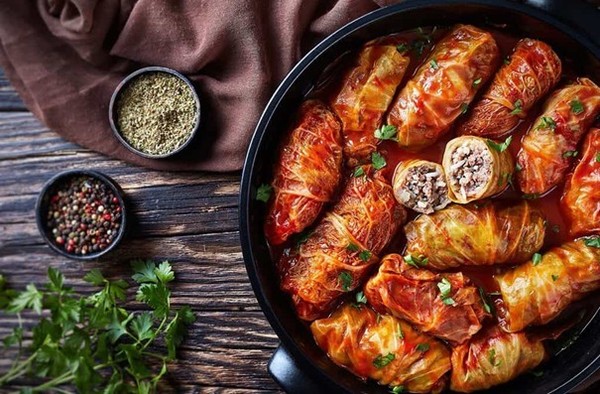
The main meal, traditionally eaten on Christmas Eve, is rich and flavorful. It often includes halászlé, a spicy red fish soup made with paprika, typically prepared with carp or other freshwater fish. Another common dish is töltött káposzta, which are cabbage leaves stuffed with a mixture of rice, minced pork, onions, garlic, herbs, and paprika, served with sour cream. For dessert, families enjoy beigli, a rolled cake filled with either walnut or poppy seed filling, or zserbó, a multi-layered apricot-walnut filled cake.
If you are eager to experience Hungarian holiday flavors, do not miss the Hungarian booth at the European Christmas Market in Seongdong District on December 7 and 8. Here, you can taste traditional Hungarian dishes, such as gulyás, lángos, and mulled wine. We look forward to seeing you there!

글 ㅣ Katalin Ruzsa
주한리스트헝가리문화원 문화사무관
Liszt Institute - Hungarian Cultural Center Seoul


